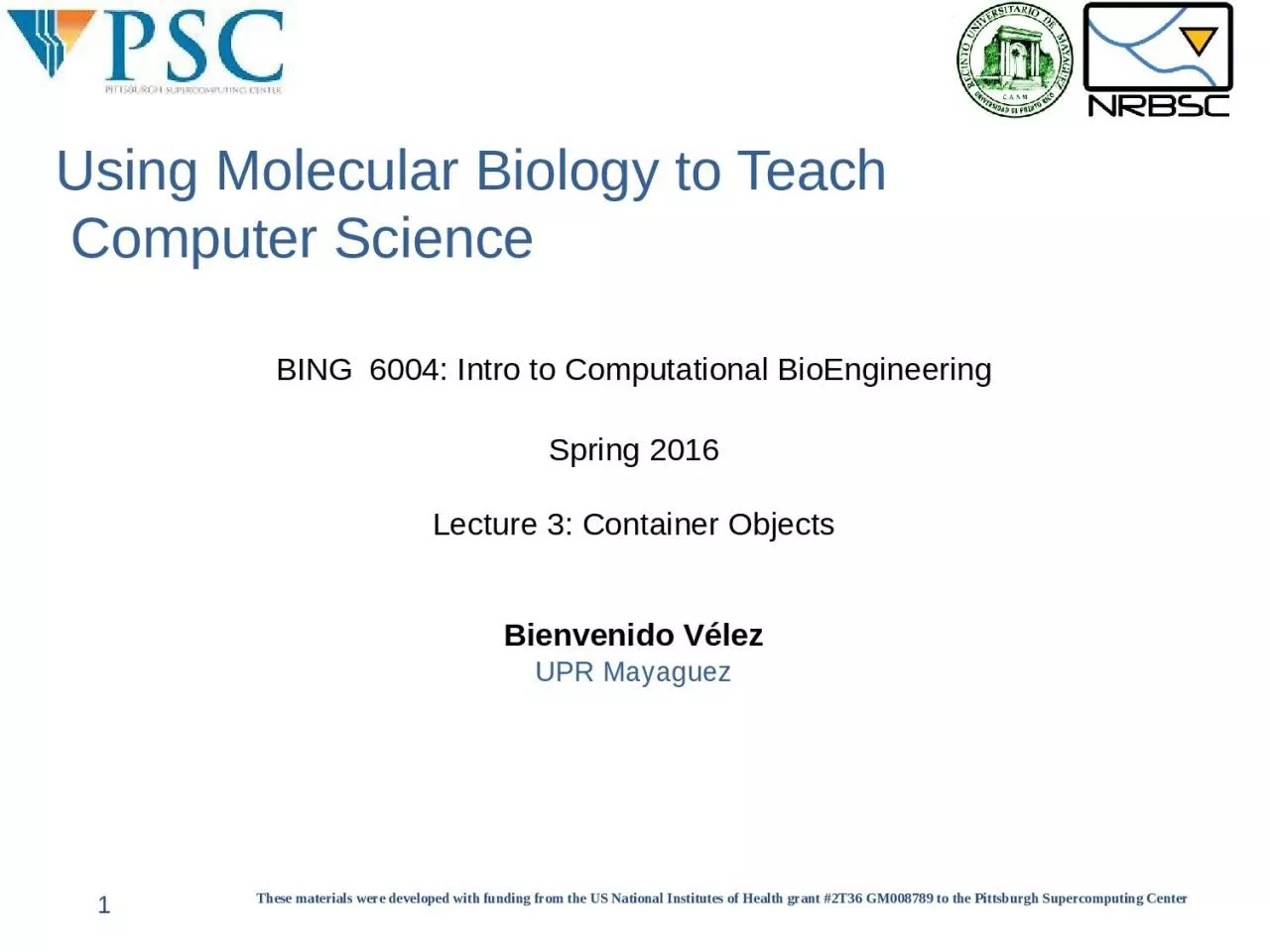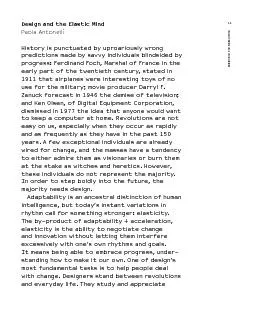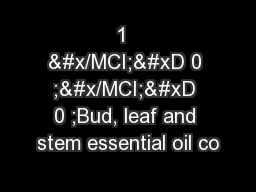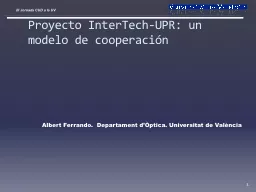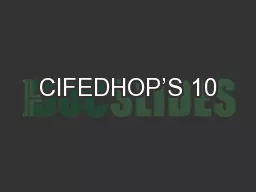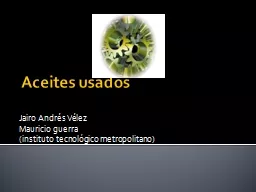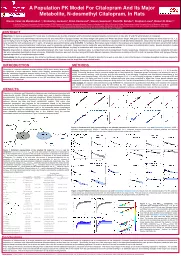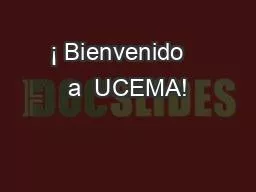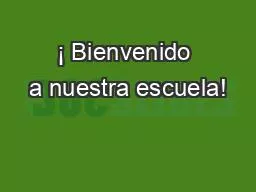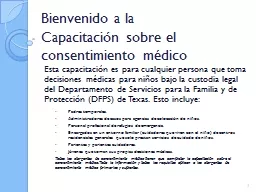PPT-Bienvenido Vélez UPR Mayaguez
Author : DateMeDarling | Published Date : 2022-08-04
Using Molecular Biology to Teach Computer Science 1 These materials were developed with funding from the US National Institutes of Health grant 2T36 GM008789 to
Presentation Embed Code
Download Presentation
Download Presentation The PPT/PDF document "Bienvenido Vélez UPR Mayaguez" is the property of its rightful owner. Permission is granted to download and print the materials on this website for personal, non-commercial use only, and to display it on your personal computer provided you do not modify the materials and that you retain all copyright notices contained in the materials. By downloading content from our website, you accept the terms of this agreement.
Bienvenido Vélez UPR Mayaguez: Transcript
Download Rules Of Document
"Bienvenido Vélez UPR Mayaguez"The content belongs to its owner. You may download and print it for personal use, without modification, and keep all copyright notices. By downloading, you agree to these terms.
Related Documents

